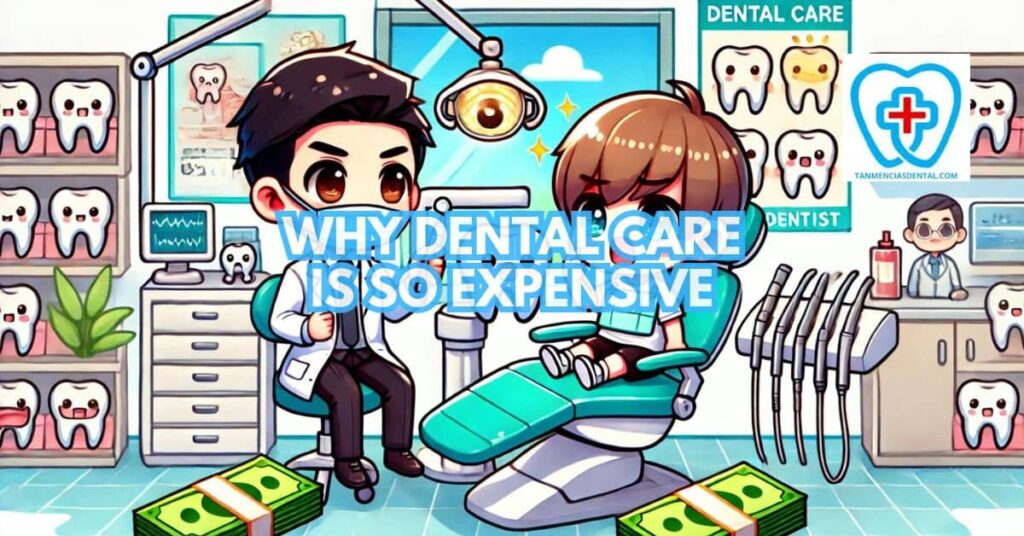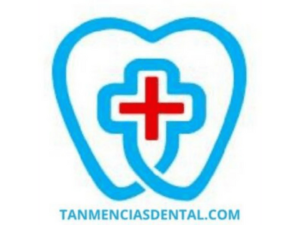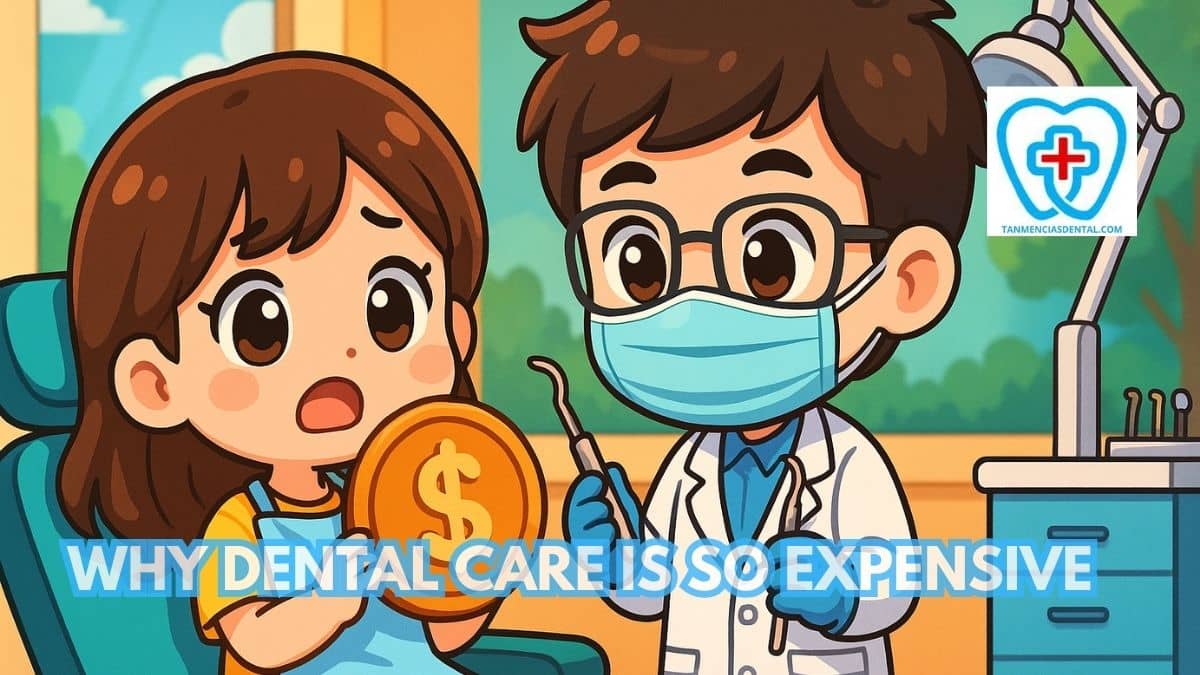Dental care is often seen as costly, yet it plays an important role in both health and confidence.
Many people wonder why dental care is so expensive and what drives the price of even routine treatments.
The answer lies in several factors, including the skill of dental professionals, the technology and tools they use, and the cost of materials that go into treatment.
Understanding these details helps patients see what they are really paying for and why those costs can add up quickly.
Knowing this can make it easier to plan for care and recognize the true value of maintaining a healthy smile.
1. The Power of a Smile: Beyond Pearly Whites
A beautiful smile boosts your confidence and affects how others perceive you.
It goes beyond aesthetics, contributing to your social and professional success.
A healthy smile can make you appear more approachable and trustworthy.
Additionally, good oral health is linked to better physical health, reducing the risk of conditions like heart disease.
The true value of a smile lies in its power to positively impact your overall quality of life.
🦷 Does Salt Water Help With Gingivitis? The Salty Truth About Gum Relief
2. The Breakdown: Why Dental Care Costs What It Does
Dental care involves highly trained professionals who complete years of education and use advanced technology to provide safe and accurate treatment.
The cost of care includes preventive services like cleanings, as well as treatments and complex procedures that demand skill and time.
For example, fillings, crowns, and root canals rely on specialized tools and strong materials that add to the high cost of treatment.
Even routine cleanings and exams require careful work to check for hidden problems before they become serious.
Behind the scenes, dentists also invest in equipment, sterilization, and staff training, which all raise operating expenses.
This breakdown shows that dental services are not overpriced without reason but reflect the precision, safety, and quality that patients receive.
🦷 Can You Drink Sparkling Water After Brushing Your Teeth?
3. The Hidden Cost of Dental Labs and Materials
Many dental treatments require custom parts that are manufactured in a laboratory, such as crowns, bridges, and dentures.
These items are crafted from durable materials such as ceramics, zirconia, or even precious metals, which contribute to the overall price.
The more complex the case or the higher the quality of the material, the more expensive the treatment becomes.
Dentists also pay for lab work and must cover the costs of any remakes if adjustments are needed.
Changes in supply costs and shipping can make these materials even more expensive, which raises the price for patients.
🦷 Why Be a Dental Assistant? It’s More Than Just Smiles!
4. Prevention Pays: The Cost of Neglecting Your Smile
Ignoring dental health leads to more serious and expensive problems.
Cavities, gum disease, and tooth loss are common results of neglect.
Preventive care, such as regular checkups and cleanings, is cheaper in the long run compared to treating advanced dental issues.
Addressing small problems early prevents them from becoming bigger, more costly concerns.
Regular dental visits can save you money and discomfort by catching issues before they escalate.
🦷 How Smile Correction Can Transform Your Confidence and Appearance

5. DIY Dentistry: Why Skipping the Dentist Can Cost You More
Attempting to fix dental issues yourself can lead to complications.
DIY treatments, such as home whitening kits or over-the-counter pain relievers, may provide temporary relief but often do not address the underlying problems.
Improper techniques can cause more harm than good, leading to infections or damage that require professional intervention.
Professional dental care ensures proper diagnosis and treatment, avoiding costly mistakes.
In the long run, the expenses from complications due to DIY dentistry can far exceed the cost of regular dental visits.
🦷 Chewing Gum Instead of Brushing Teeth: Can Gum Really Save the Day?
6. Insurance Options: Making Your Smile More Affordable
Dental insurance can greatly reduce the amount you pay on your own, especially for regular visits and common treatments.
Most policies cover routine checkups, professional cleanings, and part of the cost for services such as fillings or crowns.
Reading the details of your dental plan is important because coverage limits, waiting periods, and exclusions can vary between providers.
Some plans also include preventive benefits, like two free cleanings each year, which help stop problems before they become costly.
If you do not have employer coverage, you can compare private policies or discount programs that may still provide savings.
Taking time to review and choose the right dental plan can make ongoing care more manageable and protect you from unexpected high bills.
🦷 Brushing Up on Prevention: Can Tooth Decay Be Reversed or Only Prevented?
7. Financial Assistance: Help When You Need It Most
Various programs offer financial aid for dental care.
Nonprofits, government programs, and dental schools provide services at reduced costs.
For instance, Medicaid offers dental benefits for qualifying individuals, and local health departments often have resources for those in need.
Dental schools can be an affordable option, as students provide care under the supervision of experienced dentists.
Researching available assistance can help manage dental expenses and ensure you get the care you need.
🦷 Why Brushing Your Teeth At Night Is More Important Than You Think
8. Spreading Out the Cost: Payment Plans and Financing
Many dental practices offer payment plans to ease the financial burden.
These plans allow you to pay for treatments over time, making it more manageable.
Financing options through third-party companies can also be available, offering low or no-interest plans depending on your credit.
Discuss these options with your dentist to find a plan that works for you.
Spreading out the cost of dental care ensures you can maintain your oral health without a significant upfront expense.
🦷 How Long Does It Take To Treat Gingivitis?
9. Finding Affordable Care: Smart Strategies for Your Smile
Look for community health clinics and dental schools, as they often provide care at lower costs while still ensuring quality treatment.
Dental schools allow students to practice under the supervision of licensed dentists, which can make them a safe and affordable option.
Comparing fees between one dental office and another can reveal big differences in price for the same procedure.
If you need treatments such as crowns or fillings, asking more than one dentist for an estimate can help you avoid overpaying.
Second opinions are especially important for larger treatments, including cosmetic dentistry, since approaches and prices can vary.
Patients who research assistance programs or payment plans often find extra ways to reduce expenses.
By staying informed and comparing your choices carefully, you can keep your smile healthy while also managing costs responsibly.
🦷 Can You Recycle Electric Toothbrushes?
10. The Best Defense is a Good Offense: Daily Habits for a Healthy Smile
Maintaining daily dental hygiene prevents costly treatments.
Brushing twice a day, flossing daily, and using mouthwash are essential practices.
Regular cleanings and checkups help catch issues early before they become serious.
Avoiding sugary foods and drinks can reduce the risk of cavities and gum disease.
Healthy habits not only preserve your smile but also minimize the need for extensive and expensive dental work.
🦷 Endodontic And Periodontal Treatment in Marikina
11. A Smile Worth Having: Your Investment in Overall Health and Confidence
Investing in dental care enhances your physical and mental well-being.
Good oral health is linked to better overall health, reducing the risks of heart disease, diabetes, and infections.
A healthy smile boosts your self-esteem and confidence, impacting your social and professional lives positively.
The benefits of good dental health justify the costs involved, making it a worthwhile investment.
Your smile is not just about appearance; it reflects your commitment to overall health and happiness.
🦷 Marikina City Teeth Care Specialists
👨⚕️ Conclusion
Dental care is a valuable investment in your health and happiness.
While it may seem expensive, the long-term benefits far outweigh the costs.
Regular dental visits and proper oral hygiene prevent serious health issues and maintain your confidence.
Understanding the reasons behind dental costs can help you appreciate the value of professional care.
Prioritizing your smile ensures a brighter, healthier future, making it a worthy expense.
😊 Self-Promotion
Visit Tan-Mencias Dental Clinic in Parang, Marikina City, for top-notch dental care in a friendly and welcoming environment.
Our experienced team is dedicated to ensuring your smile is healthy and bright.
Have questions or need to book an appointment?
You can reach us by calling 9171451074, communicating with us via our Facebook page, or completing the contact form on our website.
We look forward to helping you achieve your best smile!
❔ FAQs
1. Why is dental care more expensive than medical checkups?
Dental care often costs more because it relies on specialized tools, advanced materials, and highly trained professionals.
Unlike many medical visits, dental procedures require custom work, such as fillings, crowns, or lab-made restorations.
These treatments are done with precision in small spaces, which takes extra time and skill.
Insurance for dental care also usually covers less than medical insurance, leaving more costs for patients.
All of these factors add to the higher price of dental services.
2. Does dental insurance cover all treatments?
Most dental insurance plans cover basic preventive care, like cleanings, exams, and X-rays.
They also usually pay part of the cost for fillings and other routine treatments.
However, advanced care like implants, orthodontics, or cosmetic work is often only partly covered or not covered at all.
Many plans also have yearly limits on how much they will pay.
This means patients often still have to pay a good portion of their dental bills.
3. How can I save money on dental care without risking my health?
The best way to save money is by focusing on prevention, such as brushing, flossing, and going to regular checkups.
Comparing prices between dentists and asking for second opinions can also help.
Some dental schools and community clinics provide lower-cost care while still offering safe treatment.
Patients can also ask about payment plans that spread out the cost of care over time.
Staying consistent with daily care is still the most effective way to avoid large bills later.
4. Why do dental crowns, dentures, or braces cost so much?
These treatments often involve work done in a dental lab, where custom-made parts are created for each patient.
The materials, like ceramics or metals, can be very costly.
Making these items requires advanced equipment and skilled technicians.
Because every mouth is different, each crown, denture, or aligner is unique, which adds to the price.
The quality and durability of these products are part of what patients are paying for.
5. Is paying for dental care really worth it in the long run?
Yes, investing in dental care saves money and protects health over time.
Ignoring small problems can lead to bigger issues like gum disease, infections, or tooth loss, which cost much more to treat.
Good oral health is also linked to overall health, lowering risks for conditions like heart disease and diabetes.
A healthy smile can improve confidence and quality of life.
While the costs may seem high, the long-term benefits make dental care a worthwhile investment.

